sealing tumbled stone backsplash tile?
juleecat
15 years ago
Related Stories
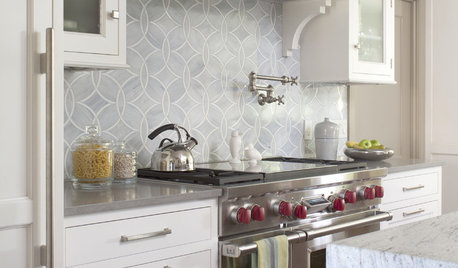
KITCHEN DESIGN8 Top Tile Types for Your Kitchen Backsplash
Backsplash designs don't have to be set in stone; glass, mirror and mosaic tiles can create kitchen beauty in a range of styles
Full Story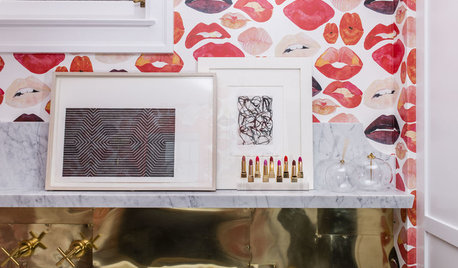
BATHROOM DESIGNRoom of the Day: Sealed With a Kiss
A San Francisco girl’s bathroom room goes lip-smackingly bold
Full Story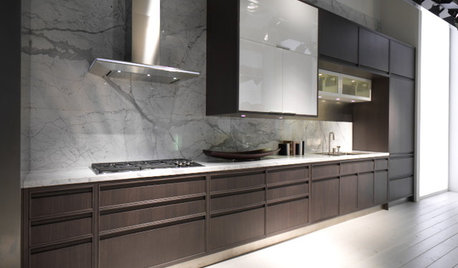
KITCHEN DESIGN5 Stunning Alternatives to the Tile Backsplash
Try Stone Slab, Glass, Steel, Concrete or Beadboard Above the Kitchen Counter
Full Story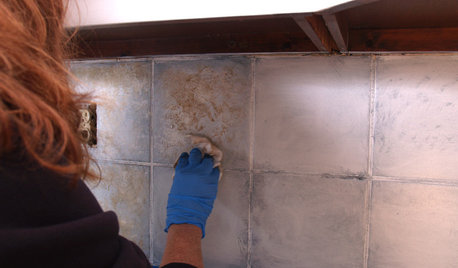
DIY PROJECTSDIY Backsplash Makeover: Get a New Tile Look for Less Than $50
Give old tile a painted faux-stone facade for a brand-new look at a superaffordable price
Full Story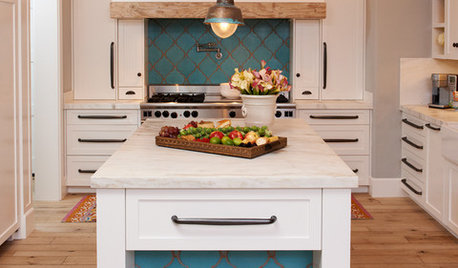
KITCHEN DESIGN10 Gorgeous Backsplash Alternatives to Subway Tile
Artistic installations, back-painted glass and pivoting windows prove there are backsplash possibilities beyond the platform
Full Story
REMODELING GUIDES9 Hard Questions to Ask When Shopping for Stone
Learn all about stone sizes, cracks, color issues and more so problems don't chip away at your design happiness later
Full Story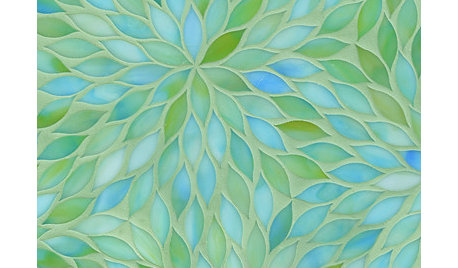
PRODUCT PICKSGuest Picks: Beautiful Backsplash Tiles for Every Budget
Explore 20 tiles curated by a pro interior designer, ranging from everyday affordable to art for the kitchen
Full Story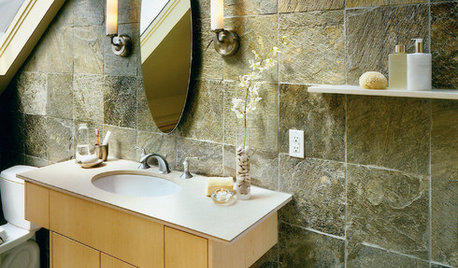
REMODELING GUIDESInspiring Materials: Slate Tile
Texture, Color and Strength Makes Slate a Go-To Material for Inside and Out
Full Story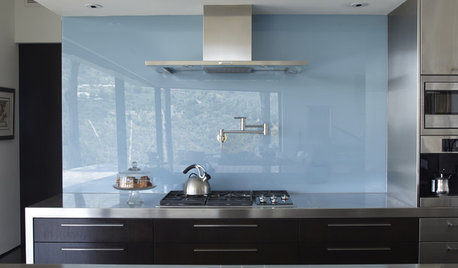
KITCHEN DESIGNThe Future of Backsplashes
Grout is out. Continuous sheets of glass, stone, metal and porcelain are saving cleaning time and offering more looks than ever
Full Story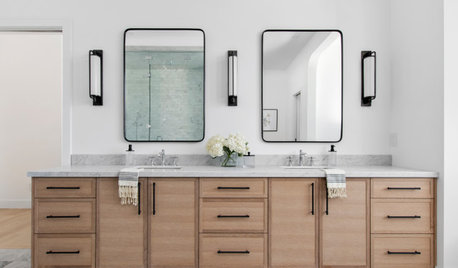
HOUSEKEEPINGHow to Clean Marble Countertops and Tile
Acidic solutions can damage your marble surfaces. Here’s how to keep marble looking clean and amazing
Full StorySponsored
Most Skilled Home Improvement Specialists in Franklin County
More Discussions








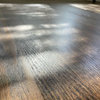


ventupete
homebound
Related Professionals
Clarksburg Kitchen & Bathroom Designers · East Peoria Kitchen & Bathroom Designers · Winton Kitchen & Bathroom Designers · Sunrise Manor Kitchen & Bathroom Remodelers · Hopewell Kitchen & Bathroom Remodelers · Fair Oaks Kitchen & Bathroom Remodelers · Phillipsburg Kitchen & Bathroom Remodelers · Bartlesville General Contractors · Clarksville General Contractors · Enumclaw General Contractors · Hermitage General Contractors · Lewisburg General Contractors · North Tustin General Contractors · Oneida General Contractors · Waxahachie General ContractorsjuleecatOriginal Author
ventupete
Anna Kurrent
millworkman